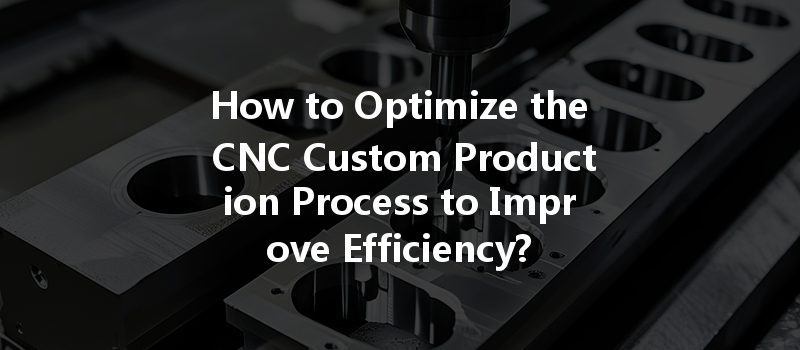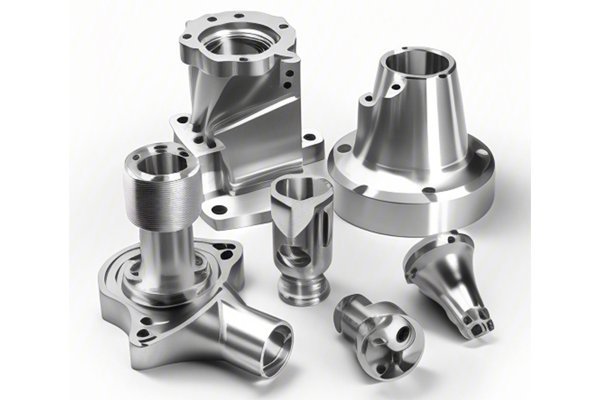Opening:
Did you know that the global CNC machining market is expected to reach $100 billion by 2025, driven largely by the demand for customization in manufacturing? As businesses strive to enhance their competitiveness, optimizing the CNC custom production process has never been more crucial. With the complexity of operations and increasing customer expectations, knowing how to streamline these processes can be the difference between success and stagnation. In this blog, we will explore effective strategies to optimize CNC custom production, ensuring improved efficiency and productivity.
—
I. Understanding CNC Machining in Custom Production
A. Definition of CNC Machining
CNC (Computer Numerical Control) machining is a manufacturing process that utilizes computer-controlled machines to cut, shape, or mold materials into precise components. This technique is renowned for its accuracy and efficiency, especially suitable for custom production where unique parts are required.
B. Significance of Optimization in CNC Custom Production
Optimization in CNC custom production involves refining processes to maximize output while minimizing waste and costs. This is particularly important as businesses face pressure from competitors and customer demands. Optimizing CNC processes leads to increased throughput, reduced lead times, and enhanced product quality.
II. Key Steps for Optimizing CNC Custom Production Processes
A. Design for Manufacturability (DFM)
B. Equipment Investment and Upgrades
C. Process Standardization
D. Workflow Optimization

E. Effective Tool Management
III. Implementing Advanced Technologies for Optimization
A. CAD/CAM Software Utilization
B. Real-Time Monitoring and Data Analytics
IV. Implementing Continuous Improvement Strategies
A. Establish a Culture of Improvement
Foster an environment that encourages team members to make suggestions for process improvements. Employees at the ground level can often expose inefficiencies that management might overlook.
B. Regular Review and Adaptation
Set up periodic reviews of product outcomes and production efficiency metrics. Use these evaluations to make process updates as necessary to align with new technologies or changes in market demands.
V. Collaboration and Communication
A. Clear Communication Channels:
Ensure that all team members are on the same page with their responsibilities. This can be achieved through regular meetings and collaborative tools that foster transparency.
B. Supplier and Customer Integration:
Work closely with suppliers to guarantee material quality and availability. Additionally, maintain open lines of communication with customers to understand their requirements fully and adjust operations accordingly.
—
Optimizing CNC custom production processes is not only essential for enhancing efficiency, but it also positions businesses to be more responsive to customer needs while controlling costs. By embracing robust design principles, investing in advanced technologies, and facilitating a culture dedicated to continuous improvement, organizations can drastically improve their CNC machining operations.
In today’s competitive landscape, efficiency is key. Therefore, reflecting on these strategies for optimizing CNC custom production can lead to significant competitive advantages. Whether you’re an operations manager, a production engineer, or a business owner, prioritizing process optimization is paramount to not only meet current demands but also to pave the way for future growth. Remember, in machining, precision isn’t just an option—it’s a necessity!






